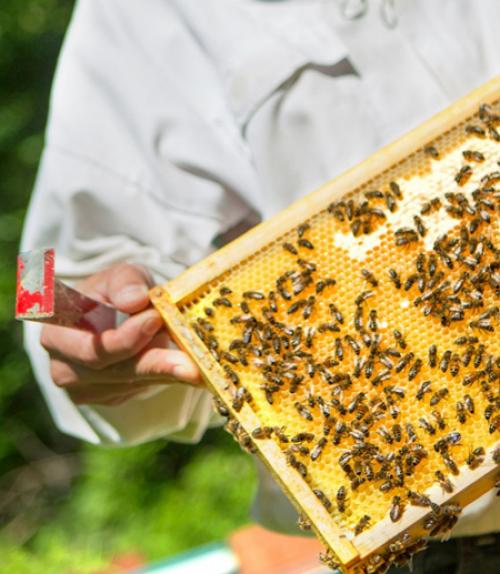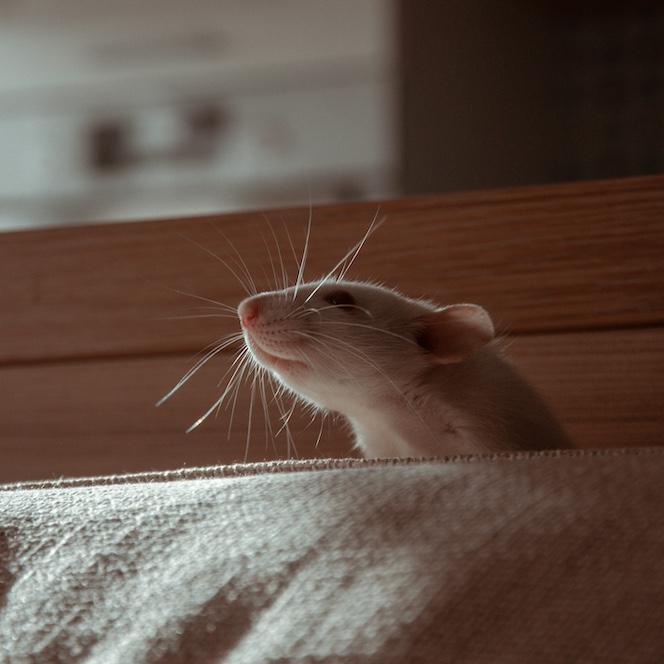
 Department Homepage
Department Homepage
Study: Bigger honeybee colonies have quieter combs
When honeybee colonies get larger, common sense suggests it would be noisier with more bees buzzing around.But a study recently published in Behavioral Ecology and Sociobiologyreports that bigger honeybee colonies actually have quieter combs than smaller ones.




